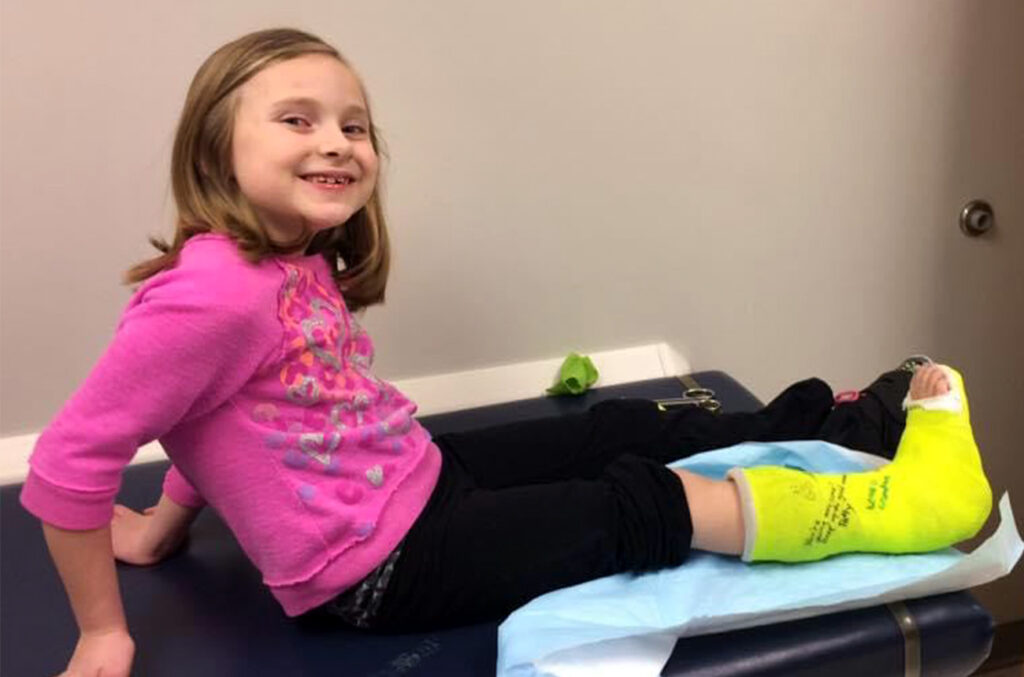For the first four years of her life, Alexa Reed struggled with muscle tightness and everyday activities such as walking. Her daily struggle was deeply concerning for her parents, who didn’t understand what was wrong.
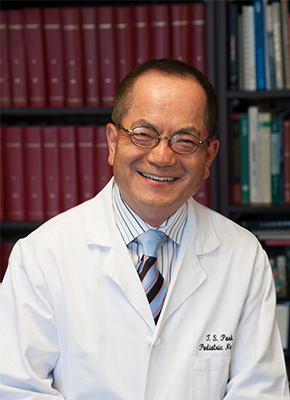
“From the time Alexa was old enough to walk, we knew something was different,” said Amy Reed, Alexa’s mother. “People would always tell us how ‘cute’ she walked, up on her toes like a tiny ballerina. She had physical therapy and wore leg braces under the care of an orthopedic specialist, but we had no answers as to what was going on with her.”
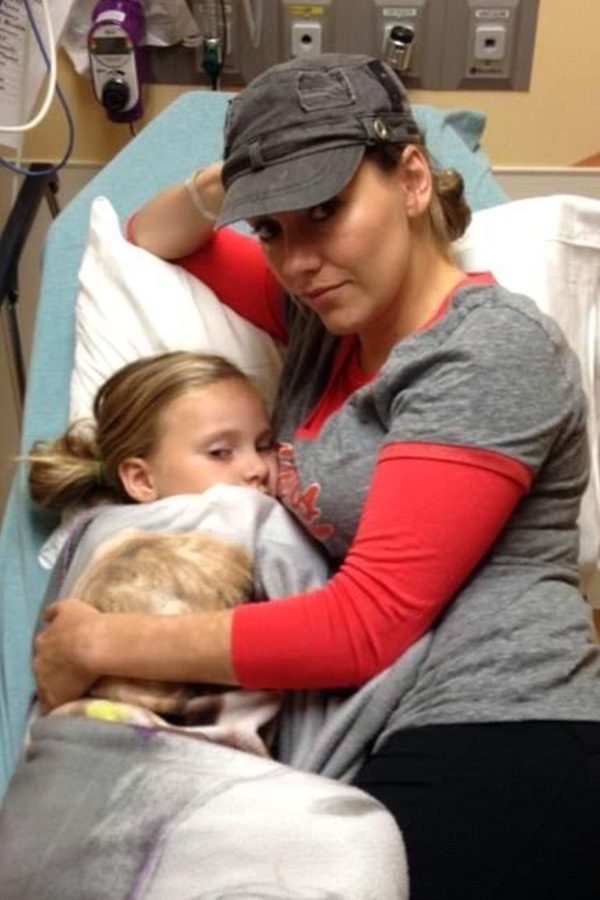
Thanks to Washington University pediatric neurosurgeon T.S. Park, MD, they finally got the answer: Alexa had spastic cerebral palsy, a neurological condition that causes spasticity as well as the loss of mobility. To their surprise, T.S. Park also gave them the solution: a surgery called Selective Dorsal Rhizotomy (SDR), for which T.S. Park is a world renowned expert.
Now, after undergoing SDR surgery, Alexa can walk, run and play sports just like any other kid. She sees the world as full of opportunities, one her parents had never imagined.
Park explains what it’s like for his young patients, before they are treated: “One of the problems with cerebral palsy is spasticity, which is increased muscle tone. Whenever patients try to walk or run, their muscles get tight. For some, they do not even have the capacity to walk or run. It is very limited. Patients have severe body, joint and muscle pain. We treat this spasticity and help alleviate or prevent these problems throughout a patient’s life.”
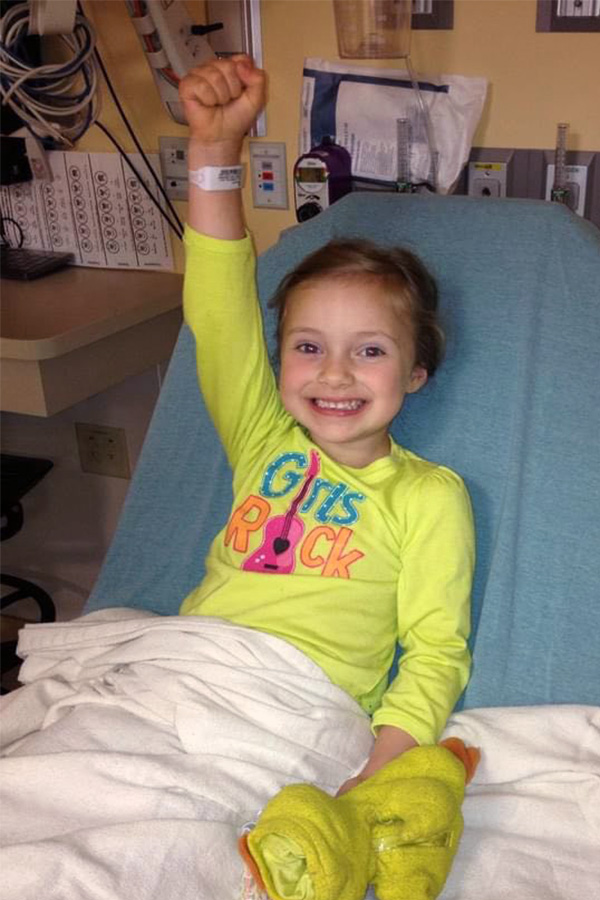
Park is a world-renowned neurosurgeon at St. Louis Children’s Hospital who specializes in SDR surgeries to treat cerebral palsy spasticity. He has been instrumental in pioneering this minimally invasive surgical technique, helping over 4,600 patients worldwide gain movement in their legs.
“Handing her over for a major spinal operation that involves cutting nerves was terrifying,” said Reed. “But after my first in-person meeting with Dr. Park, my nerves were calmed, and I truly felt like I was doing the right thing. He has this aura about him that just puts you at ease. It’s easy to detect, even through my maternal panic at the time, that this man was blessed and here on this earth to enhance the lives of those who he touches.”
After their initial meeting, Reed knew that if anyone could give her daughter a future free of spasticity it would be Park. SDR surgery is a difficult procedure that involves the cutting of sensory nerves located near the spinal cord. Park’s knowledge and expertise in this particular surgery is valued by his patients and their families, which offered comfort to the Reed family.
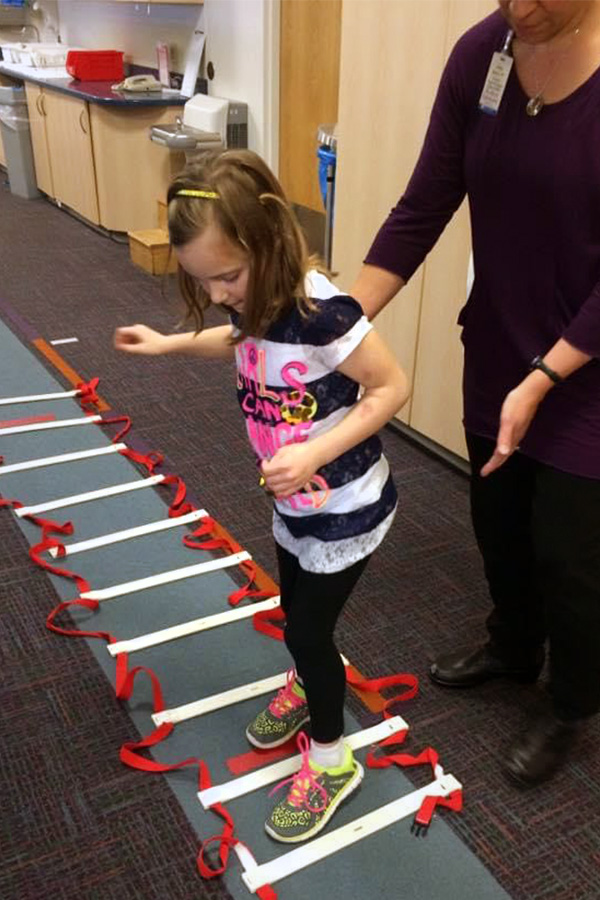
“The first six months after SDR was hard,” said Reed. “Some days and weeks were harder than others. As Alexa learned to use her new legs, now free from spasticity, she faced many physical and mental challenges. I think the most meaningful part of all of this was knowing that I had a once in a lifetime opportunity to shape my child’s future for the better, and that there was one man who held the keys to that future.”
Parents of cerebral palsy patients often ask the fundamental question, “will my child walk independently?” Despite the many challenges that Alexa faced during surgery, she is now a fully functional teenager who can participate in daily activities with her friends.
“Alexa just turned 13, and we could not be prouder of her progress,” said Reed. “Today, she has no lasting effects from spasticity and is truly free to do whatever she wants. No more therapy, no more braces, no more surgeries or Botox. She is your typical 13-year-old who loves music and creating, plays guitar, hangs out with her friends, and loves getting lost in a good book or TV show.”
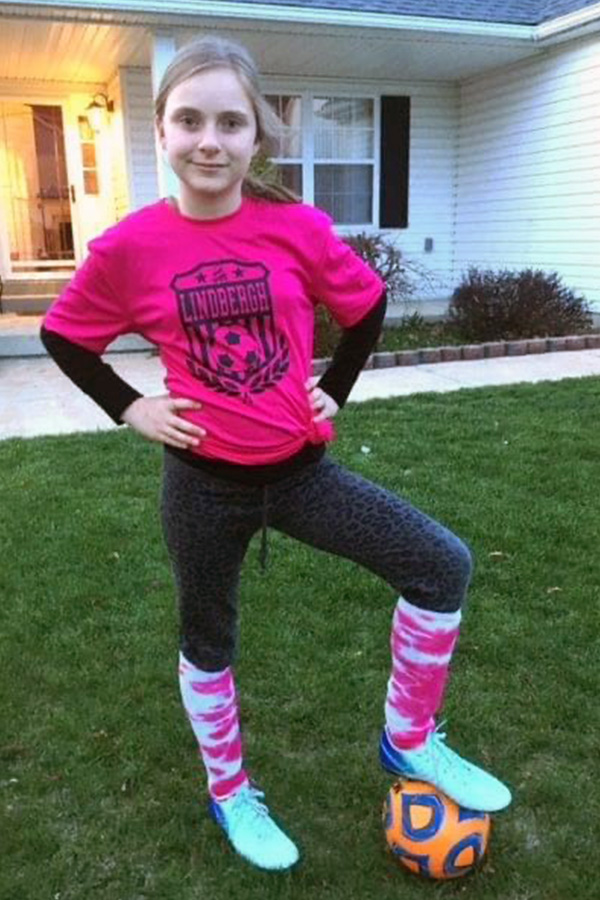
Ever since Alexa’s surgery, both Alexa and her mother have advocated for SDR surgery and offered guidance to others looking for treatment options. Alexa even participated in the Girls on the Run 5K and found ways to inspire those with cerebral palsy who were unable to run during the event. In addition to this, she also enjoys being able to play sports like soccer and karate.
To other families with children who have cerebral palsy, the Reeds recommend Park’s public Facebook page as a helpful platform. This page, now with more than 15,000 followers, serves as a major lifeline where families are able to ask questions and share their stories with others. Park maintains and checks the Selective Dorsal Rhizotomy_St. Louis Facebook page several times a week, offering advice and support to families with children who have spastic cerebral palsy.
